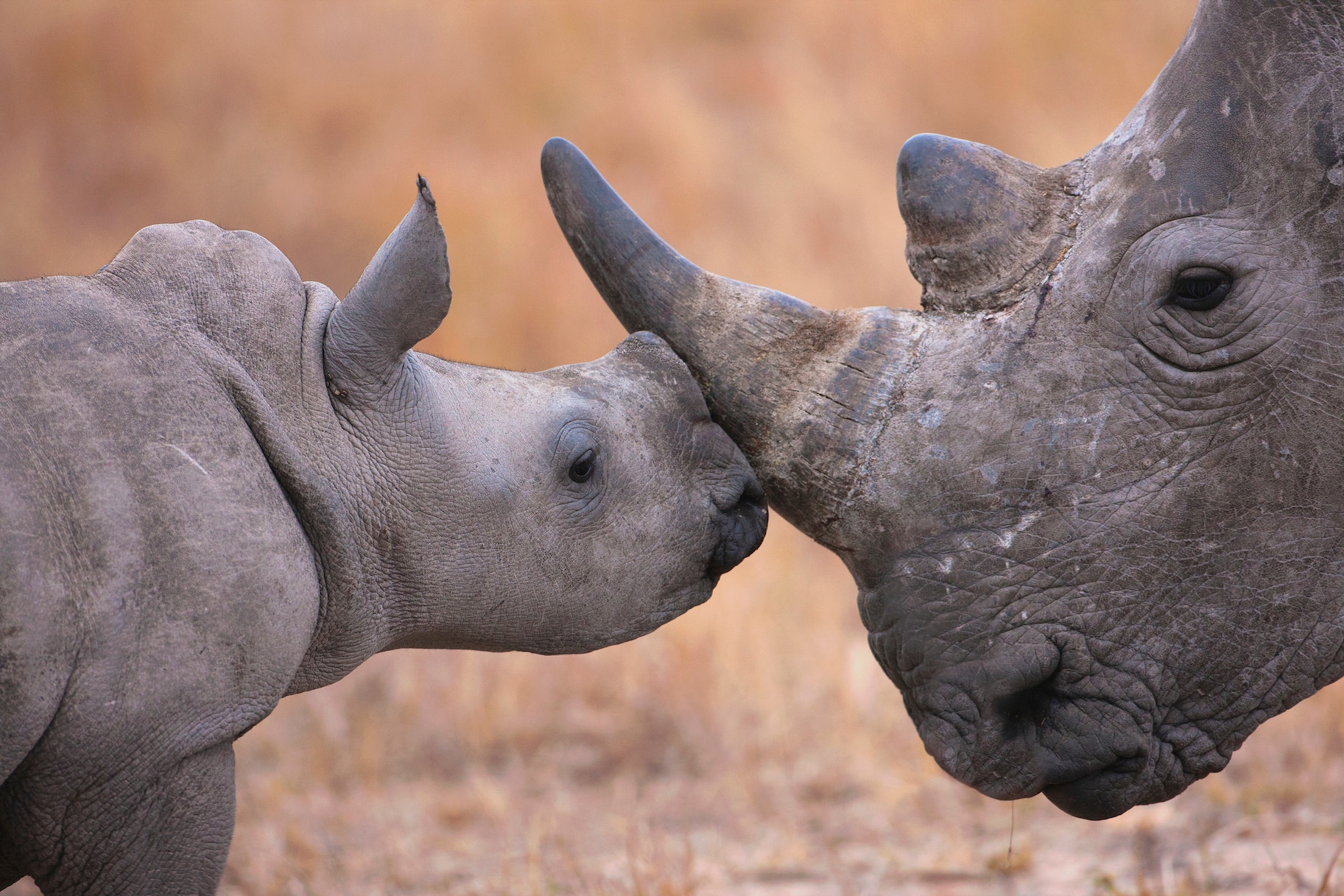GGboy17
Member
Question 1: So, recently I saw a video of a Sulcata x Leopard tortoise hybrid. That made me wonder, that is the tortoise was relatively the same size as each other, and had similar husbandry could they mate, and have hybrid babies?
Question 2: Are all tortoises in the same Genus?
Question 2/3: If all tortoises are NOT in the same Genus can tortoises with different Genus mate and have hybrid babies?
P.S- Can somebody go into more detail about what a genus is. I have a somewhat hold of it, but still Don't completely get it. So, being fairly new to reptiles, and tortoises please keep the explaining relatively basic. THX !
!
Question 2: Are all tortoises in the same Genus?
Question 2/3: If all tortoises are NOT in the same Genus can tortoises with different Genus mate and have hybrid babies?
P.S- Can somebody go into more detail about what a genus is. I have a somewhat hold of it, but still Don't completely get it. So, being fairly new to reptiles, and tortoises please keep the explaining relatively basic. THX




